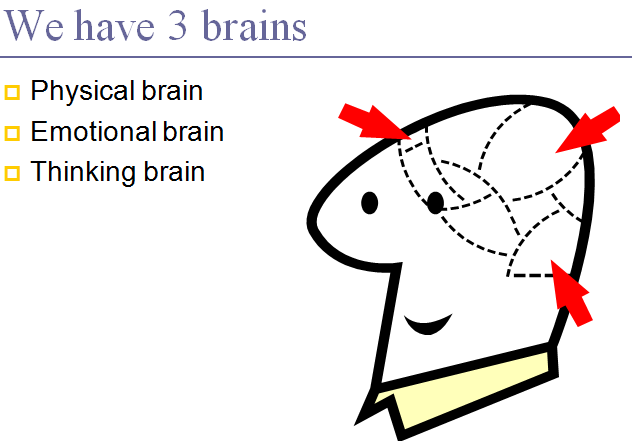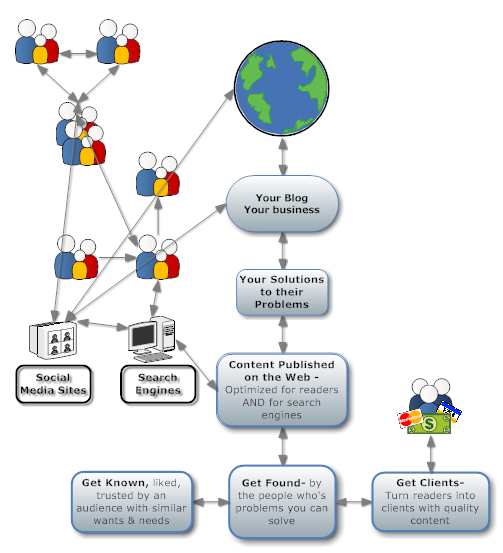 As some of you know, I’m not an avid Facebook fan, but as a business owner, I don’t ignore the fact that so many people use it daily. There are certain pitfalls with it, like with any social networking site. You don’t want to get caught up wasting time if you’re running a business. But you can’t ignore the numbers of people there everyday.
As some of you know, I’m not an avid Facebook fan, but as a business owner, I don’t ignore the fact that so many people use it daily. There are certain pitfalls with it, like with any social networking site. You don’t want to get caught up wasting time if you’re running a business. But you can’t ignore the numbers of people there everyday.
The biggest issue is whether or not YOUR clients are using it, and are they seeking information there in your core expertise? Just by sheer numbers, you’ve got to believe they are. Unless your core audience isn’t web savvy, but again, just about every demographic is using FB now.
Unlike a Facebook personal profile, Facebook Fan Pages allow you to:
- Get to know your clients – FB Fan pages track some demographics of your Fans
- Get found – Fan Pages are public so they get indexed and are included in external search engines
- Get known – Fan Pages allow you to customize the landing page and offer real value to your clients and future clients
- Get found and get known by millions- Fan Pages have no limit to the number of fans you can have, and your fans are your centers of influence and referral sources
- Get new clients – Fan Pages allow you to engage people on a personal level via polls, contests, dialog… and create credibility and trust
Drum roll, please. I’ve got a new Fan Page for my business Content for Coaches and Consultants: You’re invited to come see what’s there, what’s new in leadership concepts, brain science, and personal development:
If you’re interested in learning, hit the “Like” button and become a regular reader/fan. I’ll be posting some of the best tid-bits from all the books I read. It’s like an open buffet for people who like learning. Hope you “like” it!












